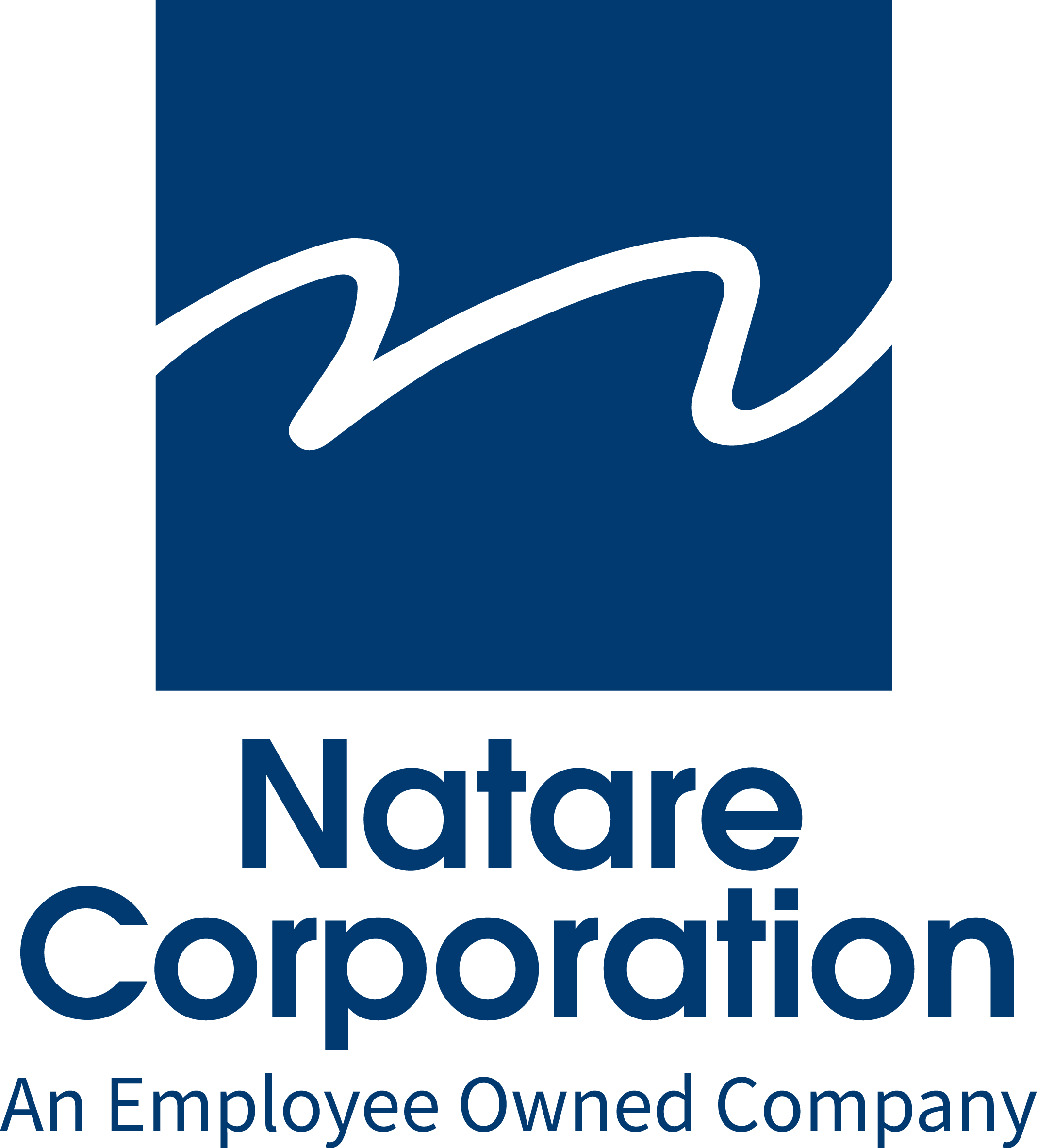Building a new commercial pool requires a tremendous amount of planning and pool design knowledge. You have to think about costs, the surrounding environment, safety codes, programming requirements and the needs of a diverse variety of guests.
For an individual who is inexperienced with pool design, the amount of planning involved can be daunting, which is why we like to carry the load for you.
Our team at Natare provides you with decades of experience and can walk you through each step of the process, from planning and design to construction and installation.
Now let’s start with the basics.
Follow these 5 easy steps to begin designing a commercial pool:
1.) Make a list of what programming you would like have at your facility (competitive swimming, diving, rehabilitation services, kids area, etc…)
By making decisions on your programming needs, you can narrow down what types of pools you will need and what kind of guests you must satisfy.
Consider the use of a bulkhead to divide your pool to increase programming flexibility.
A movable bulkhead is perfect for facilities that host a variety of programs and services. You can easily adjust the length of a pool or divide it into multiple pool zones. If you want to have lap swimming on one end and a kid’s area on the other, all you have to do is adjust the placement of the bulkhead, which is controlled by a variable buoyancy system.
2.) Determine the size and shape of your pool
Once you have an understanding of programming needs, you can decide if you want a pool for teaching, competition, recreation, diving or a multipurpose facility. This will help you determine the size and shape requirement of your pool.
If you are still unsure on what size and shape would be optimal for your facility, our team of consultants are here to help.
3.) Choose a re-circulation system
Pool circulation is critical if you want to maintain that perfect “dive right in” crystal blue water. Proper pool water circulation helps distribute chemicals evenly, so no matter how hard you try to keep your pool chemistry balanced, you will still run into problems if the water isn’t circulating properly.
There are three popular options on the market:
- Skimmer with wall inlets – residential style method that is cheap, but tends to crack and leak
- Concrete gutter with wall inlets – requires skilled installers to precisely create the overflow lip and gutter trough. If not done incorrectly, it could pose costly repairs.
- Stainless steel gutter system – pre-engineered in our warehouse to fit your exact needs. Tested and fabricated to precise tolerances, ensuring quality and performance.
To learn more about stainless steel gutter systems, click here.
4.) Choose a filtration system
There are three types of commercial pool filters, cartridge, DE and sand filters. Determining the “best” filter for your pool will mean determining your feelings on water quality, price and maintenance.
DE filters are expensive, hard to use and maintain, are known to provide the cleanest water, but the media must be frequently replaced (keep in mind that some places consider used media to be a hazardous material and must be disposed of a particular way).
Cartridge filters are mid-price, easy to use and maintain, but provide average results when it comes to the cleanliness of your pool water.
Sand filters are the most popular method of filtration in commercial pools. They are affordable, easy to maintain and use, and provide you with crystal clear water.
Over the years, we have found that sand filters, like our MicroFlo® vacuum sand filter, provide the best results and offer a more cost-effective solution to filtering your pool. Due to the amount of water you save during the backwash cycle, they are also considered the “greenest” option (DE filters use “diatomaceous earth” particles, which can’t be recycled).
A MicrFlo filter can also take the place of a surge tank/balance tank when paired with a Natare perimeter gutter system.
5.) Decide on a liner material and color (will there be lane markings, depth markings, etc…)
It’s important that you don’t skimp on the quality of your pool’s interior finish. The interior of a pool is usually the first thing that needs to be replaced if you choose a cheap method.
There are four main styles of interior finish, which are paint, plaster, tile and PVC membrane.
If you are looking for a colorful, durable, watertight swimming pool lining system, we recommend going with Natatec® PVC membrane. Natatec is a flexible blanket of PVC with a strong inner core of polyester mesh fabric specifically designed for commercial pool applications.
To learn more about Natatec, click here.
Now that you know the basics, it is important you understand that there are many other factors that go into the design and construction of a commercial pool. Save yourself the pain of scouring the internet for answers and speak to one our consultants today.

